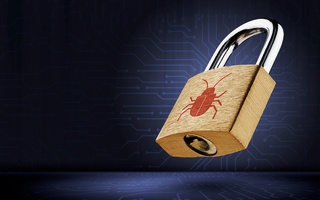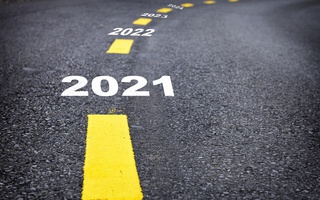Nowadays, not a single outlet works without a cash register - it is difficult to imagine a more common and familiar thing. But this was not always the case. The first cash registers appeared only at the end of the 19th century and the impetus for their invention was given... a tachometer - a counter of the number of revolutions of the propeller shaft on a ship. Can you guess how this happened? I’ll tell you in a second.
The story began with the Pony House bar. Yes, from an ordinary bar, the sellers in which so shamelessly embezzled the proceeds that even a jam-packed establishment managed to operate at a loss. The owner, James Ritty, was understandably unhappy about what was happening. Unfortunately, the dismissal of the stolen employees did not solve the problem - the new staff turned out to be no better than the old one.
Finally, disappointed in the prospects of his business, Ritty decided to go to Europe to unwind a little, and already on the ship he met the chief mechanic. Walking through the engine room, the hapless businessman saw a tachometer and, looking at it, suddenly thought: "Why not try to do something similar, but for money?"
Like all talented people, Ritty was a very proactive person. Having interrupted the trip ahead of schedule, he hastily got down to business, calling on his brother to be his assistants. The result of their work was a cross between a watch and a typewriter. On the round dial, two arrows displayed the amount of revenue -dollars and cents-, and below were the keys with the prices indicated on them. After the sale, one had to press one of the buttons and the clock hands moved in the right direction, by the required number of divisions.
As you might guess, the cunning employees immediately realized how to continue to put their paw into the owner's pocket. It turned out to be quite simple, either do not punch anything, or press buttons with a lower value. Well, for the very lazy, there was one more remedy: to rewind the arrows back with your finger.
James Ritty had to get down to business again, so as not to lose the war with dishonest personnel. After a little reflection, he changed the design of the apparatus, equipping it with wheels with numbers, the movement of which was synchronized by the transmission mechanism. Thanks to this innovation, the checkout has learned not only to calculate the amount of sales, but also to calculate the total cost of the order. The new device was named Ritty's Incorruptible Cashier. They also added a bell to appear on it, which rang every time after the calculation of the next buyer.
Falling can always teach you to how to get back up
Alas, this invention was not without its drawbacks. One not very beautiful day, a bar visitor accused the staff of being cheated, but nothing could be proved, since only the total amount was visible and nothing more. James Ritty sighed and sat down to work again, the result of which was a special paper tape that preserves all the actions of the cashier, a punch card. Since then, the expression "to break the check" has gone.
Another improvement to Incorruptible Cashier is the cash drawer located under the device. By the way, it was not that much different from its modern counterparts: all the same sections for bills of different denominations, all the same pressure rollers. But the lock on the box appeared later.
Having completed the modernization of the invention, Ritty patented it and tried to establish sales, but he was not very good with business acumen. So, convinced of the failure of his hopes, James sold the patent to John Patterson.
If you don’t believe in the dream, it won’t become a reality
Patterson saw the potential of the invention in time and, having created the National Cash Register Company (NCR), began to conquer the market, not forgetting about the improvement of the device, which was done by the whole design department. Protection against theft was at the forefront. Along with this, NCR engaged in ruthless destruction and buy-up of competitors, which ultimately let the company down. At the beginning of the 20th century, the federal government found it guilty of violating antitrust laws.
Surprisingly, already at that time, mechanical cash registers could do a lot: count the number of customers, save all amounts and the total (including for each cashier separately), determine the number of sales by product group and punch goods on credit. The most ordinary "adders" of the beginning of the last century were able to do this.
However, today the cash register technology has stepped far forward, becoming not only versatile, but also extremely mobile and even independent. Now these are no longer mechanisms, but high-precision and multifunctional digital technology.
How is this related to Softline?
As a leading global provider of IT solutions and services, Softline has expanded the list of its areas and is now ready to offer its customers advanced cash registers and complex software with implementation and full technical support. Among other things, we can supply:
Mobile terminals with NFC, Wi-Fi and Bluetooth. The cash register is equipped with a touch screen, 58 mm receipt printing at 77 mm/s and barcode scanning. We can also offer pocket computers that can scan almost anything.










